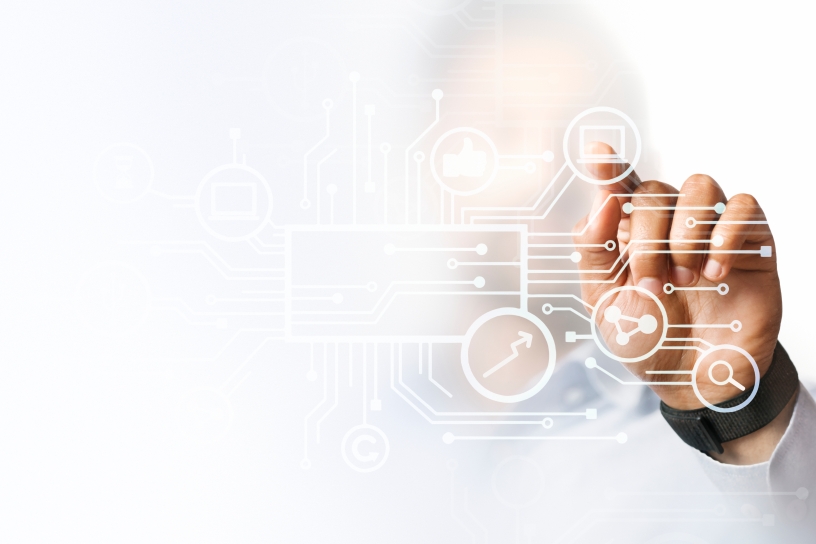HR and IT teams may seem like unlikely bedfellows, but Digital HR transformation was a sure thing on every company to-do list in 2019. Organization and their leaders will be tasked to leverage even more data and analytics, as well as show how technology will be used to help the wider business plan. This duty extends to all levels of leadership, including human resources.
In this post, we dig gaping into what Digital Transformation means for your business, both from a technical perspective and with a human resource lens – so you can make the best decisions about how you want to approach it going forward.
Here are three case studies of HR departments that are paving the way for best practices in terms of digital transformation within their organizations.
IBM
Watson is IBM’s flagship for innovation, a set of company-ready AI solutions and applications that are being implemented in a wide range of operations and departments. AI is being used in IBM’s HR department to not only reactively improve productivity and reduce the margin of error but also proactively provide employees with deeper knowledge into their future career prospects at the company.
The Watson Career Coach serves as a consultant to employees considering future career prospects at IBM. It will link questions it asks employees with their prior experience (such as their CVs) to provide a “job opportunity match,” which includes jobs for which the employee is suited. This method of employing digital insights to better understand workers will not only be interesting but will also increase employee engagement by assisting individuals in visualizing a career path at IBM.
Royal Bank of Canada
For anybody who is about to change jobs or begin one, the period leading up to his or her first day may be stressful. When should I begin? Who am I reporting to? What is the company culture like? RBC recognized these bumps in the pre-boarding process and responded with a unique, digital employee-centric solution called Embark.
The website and app (which was created in collaboration with IBM’s design firm, IBM iX) seamlessly link new employees to customized information and knowledge on RBC’s history, beliefs, career options, and current tasks for onboarding.
For a company aiming to become “the digitally enabled bank of the future,” it’s a good idea to start with the new employee experience. Employees who experience the advantages of HR’s digital transformation first-hand—in this case, before they start their employment—may be more inspired (and proud) to provide better digital experiences to clients.
Siemens
Finally, digital HR transformation does not always have to entail making large, expensive technology upgrades. For Siemens, the primary objective was to reconsider HR’s basic architecture. They needed to verify that teams were built in such a manner that they could move and think at the speed of digital before making definitive judgments on AI and other hot topics.
The HR department at Siemens has changed from a traditional hierarchy (where teams are staffed by a large number of HR generalists, organized by seniority) to a “hub-and-spoke” model (based on themes of expertise, with expert groups focused on market needs). This is critical since a company’s digital transformation plan necessitates the participation of employees who are prepared to question, reconsider, and advise on how an organization can make maximum use of cutting-edge technologies like AI and big data. The principle of constant iteration, combined with these two approaches.
HR at the helm of digital transformation
In 2021, the digital transformation subject will only grow in popularity. Around the world, examples like these demonstrate that HR departments are capable of truly leading (rather than reacting to) change. Complicated process to move into digital HR. The easiest approach to begin is by starting today and gradually building up your program. We’ll show you why an employee Online file management system is the best first step in your company’s digital transformation.
